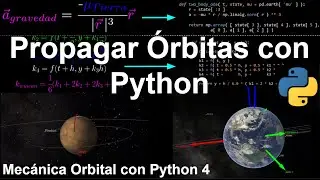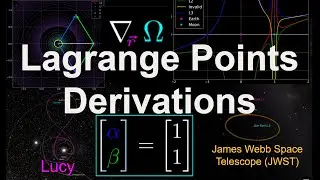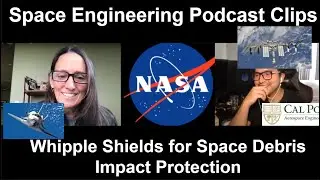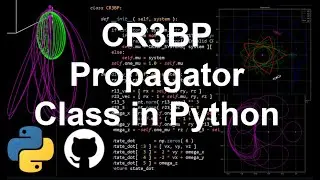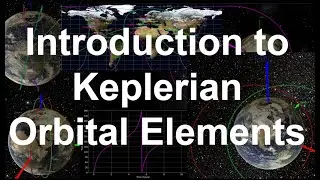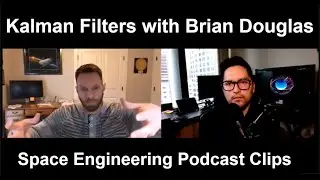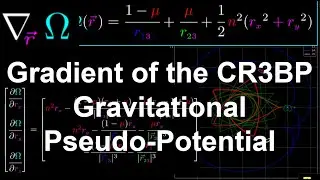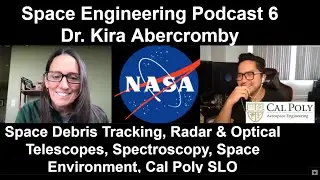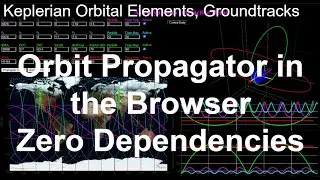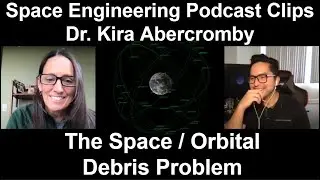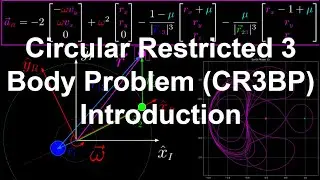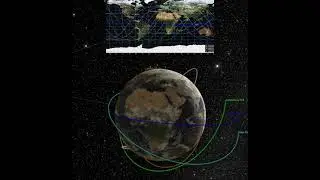Patched Conics Propagation Software | Orbital Mechanics with Python 43
The patched conics propagation method can be used when a trajectory of a spacecraft enters and exits multiple bodies’ sphere of influences, like the Voyager 2 spacecraft did. In this video, we will be using Voyager 2’s Earth to Jupiter to Saturn trajectory to walk through all the procedures, geometry and software to model trajectories with patched conics.
Link to GitHub repository: https://github.com/alfonsogonzalez/AWP
The patched conics method of propagation can be used when a trajectory will spend time in multiple spheres of influence. A common example are of interplanetary trajectories that use flybys and Earth-Moon trajectories.
The reason that we use the word “patched” is because multiple legs of the trajectory are connected at the edge of spheres of influence, but each leg models the dynamics differently. The word conics comes from the fact that any two body trajectory is a conic section (circle, ellipse, parabola, hyperbola). And this is because in the patched conic method, we assume two body dynamics.
For the case of Voyager 2, this means that we can split up its trajectory by when it is performing a flyby (which is a hyperbolic orbit at some planet like Earth, Jupiter, and Saturn), and when Voyager 2 is in between planets, which is modeled as an elliptical heliocentric orbit.
In order to be able to do this center switching (from Sun to Jupiter), we have to calculate the relationship between: the vector pointing from the Sun to the spacecraft, the vector pointing from the Sun to Jupiter, and the vector pointing from Jupiter to the spacecraft.
In this case, we know the vector from the sun to the spacecraft (this is what we are propagating in the heliocentric elliptical case), we know the vector from the sun to Jupiter (we get this from SPICE kernels), and from that we can calculate the initial condition of the spacecraft with respect to Jupiter when it arrives at Jupiter’s sphere of influence.
Links to the Space Engineering Podcast (YouTube, Spotify, Google Podcasts, SimpleCast):
• Space Engineering Podcast Full Episodes
https://open.spotify.com/show/01Gcgly...
https://space-engineering-podcast.sim...
https://podcasts.google.com/feed/aHR0...
Link to Orbital Mechanics with Python video series:
• Orbital Mechanics with Python
Link to Spacecraft Attitude Control with Python video series:
• Spacecraft Attitude Control with Python
Link a Mecánica Orbital con Python (videos en Español):
• Mecánica Orbital con Python
Link to Numerical Methods with Python video series:
• Numerical Methods with Python
#patchedconics #interplanetarytrajectories #orbitalmechanics
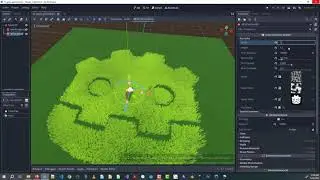

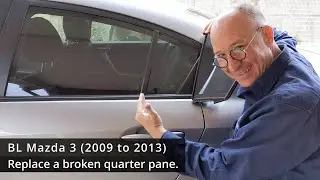



![[Osu!] The Quick Brown Fox - Big Money [$50] (93.57%)](https://images.mixrolikus.cc/video/0YOvOZeu1Qw)

